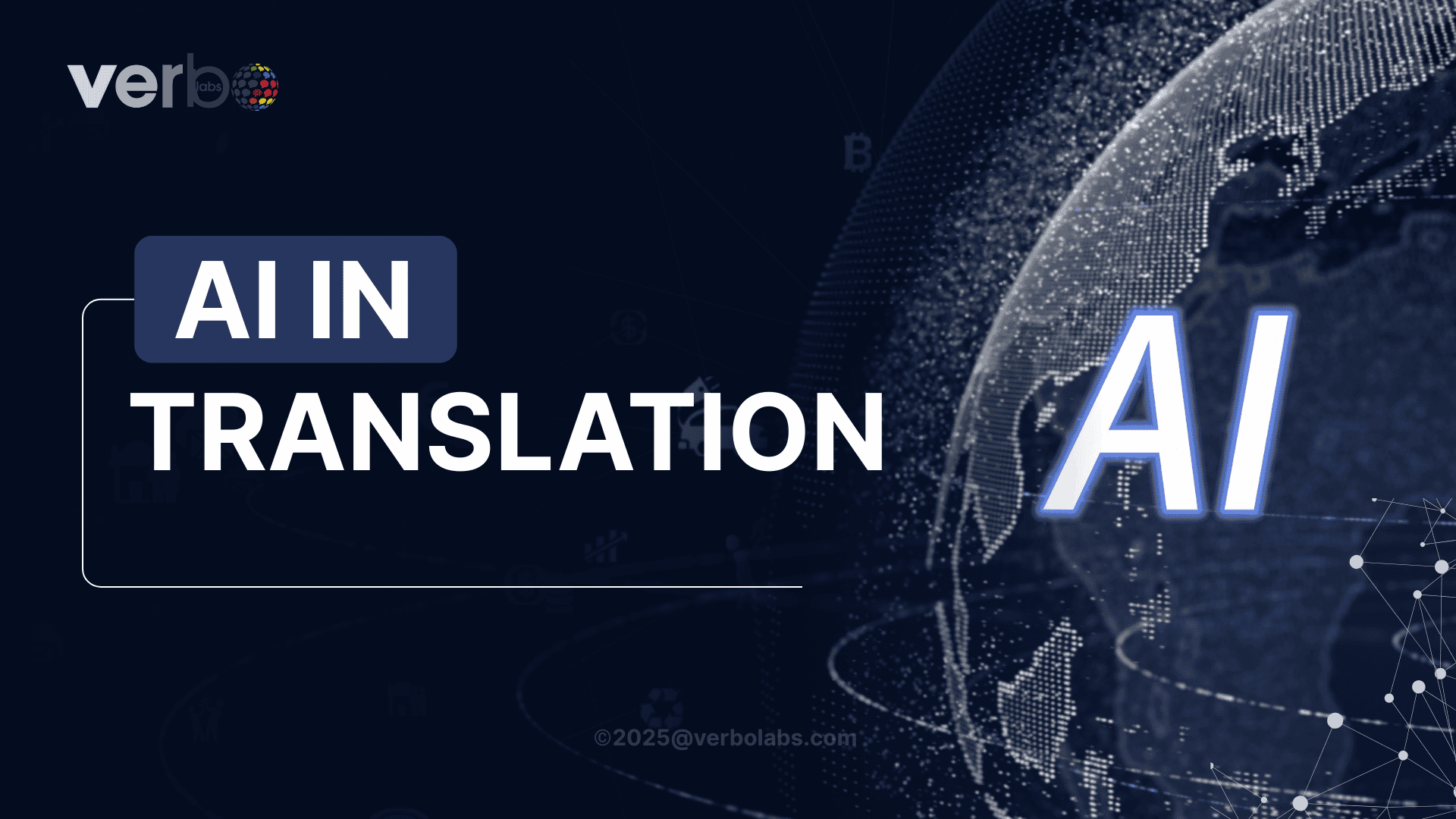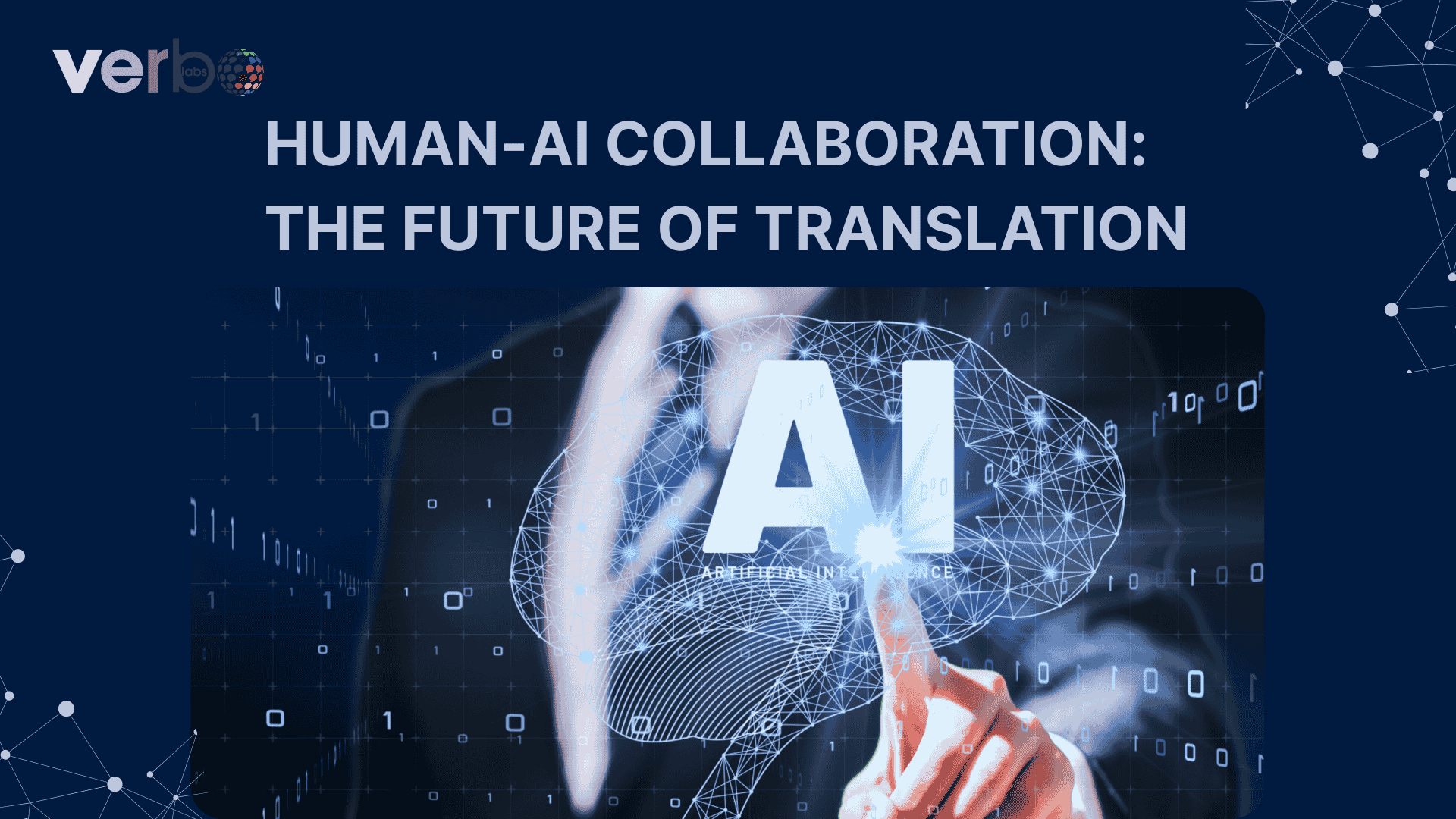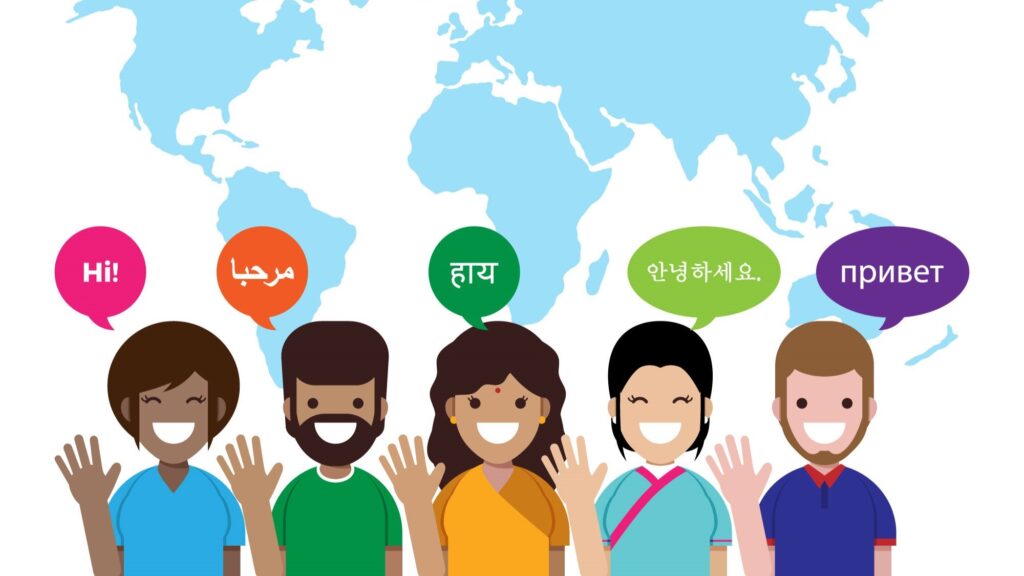
Language has always served as a bridge between cultures, businesses, and nations. In today’s interconnected world, translation plays a vital role in communication across borders. Over the past decade, we’ve seen a surge in AI in translation, with platforms like Google Translate, DeepL, and even AI-driven assistants like ChatGPT making it possible to translate sentences, websites, and entire documents within seconds.
The appeal is undeniable—speed, cost-efficiency, and accessibility. Millions use these tools daily, from travellers navigating foreign cities to businesses managing multilingual customers
queries in real-time.
But this rapid progress raises a critical question: Can machine translation replace human translators?
While AI translation tools are impressive, the truth is more complex. Machines can handle bulk text quickly, but when it comes to translation accuracy, cultural nuances, and tone, human expertise still holds a decisive edge.
This blog examines the strengths and limitations of AI translation, the reasons why human translators remain indispensable, and how the future is likely to involve a collaboration between AI and human expertise.
The Rise of AI in Translation
The past decade witnessed a revolution in translation technology. Machine translation tools are everywhere, reshaping how individuals and businesses communicate.
- Google Translate processes more than 100 billion words each day across over 130 languages.
- DeepL Translator has gained traction among professionals for its more nuanced AI-driven translations, especially in European languages.
- Microsoft Translator, Amazon Translate, and Apple Translate have become integral parts of global ecosystems.
Businesses, too, rely on AI for fast multilingual support: e-commerce sites serving product details in multiple languages, tech companies offering global customer service, and travelers accessing menus instantly.
With the global economy demanding faster interactions, AI in translation has positioned itself as a critical enabler of instant multilingual communication.
Also read:
- AI-Powered Subtitling and Translation
- Top 10 AI Translation Services You Can Trust
- Transform Your Content with VerboLabs’ Best AI Translation Tools
Strengths of AI Translation
Why has machine translation become so popular? Here are its biggest advantages:
1. Speed & Cost-Efficiency
- AI delivers translations in milliseconds. For urgent communication—such as emails, chat support, or everyday transactions—it’s invaluable.
- Compared to hiring human linguists for bulk work, machine translation drastically reduces upfront costs.
2. Scalability
- Businesses can translate massive volumes of content—such as web pages, product catalogues, or user manuals—at scale without proportionally increasing costs.
3. Integration into Technology
- AI translation tools effortlessly integrate into apps, websites, and global platforms. Customers can instantly select their preferred language, enhancing accessibility.
Example: A small clothing store in the U.S. that sells globally can offer product descriptions in 10 languages using machine translation. While not perfect, it enables global reach that would otherwise require significant investment.
These benefits of AI translation make it an essential everyday tool. But with all its strengths comes a set of significant—and sometimes costly—limitations.
Limitations of AI Translation
Despite the hype, AI in translation has serious weaknesses when compared to human translators:
1. Accuracy Issues in Complex Content
Machine translation struggles with complex sentence structures, metaphors, tone of voice, and region-specific dialects.
- Example: Legal clauses or creative slogans often lose their intended effect, leading to misinterpretation.
2. Lack of Cultural Nuance
Human vs AI translation really matters here. Idioms, humour, traditions, and slang are nearly impossible for machines to interpret accurately. A phrase that works in English might be offensive or meaningless when directly translated into Japanese or Arabic.
3. Industry-Specific Terminology
AI tools often stumble on technical jargon. In legal, medical, or engineering documents, incorrect translation isn’t just a mistake—it can have legal or life-threatening consequences.
4. Risk of Brand Damage
Businesses relying solely on AI risk miscommunication or even public embarrassment. Poorly translated websites can push away customers instead of attracting them.
In short, when considering machine translation vs human translation, AI is best for casual communication, but it lacks the professional accuracy required for sensitive or high-value content.
Why Human Expertise Still Holds the Edge
Even as AI evolves, the role of human translators remains irreplaceable. Here’s why:
- Contextual Understanding: Human translators grasp tone, intent, and cultural context. They know when to use formal versus casual wording and how to adapt jokes and idioms appropriately.
- Localization, Not Just Translation: Humans don’t just translate words—they adapt content for the target audience. This process, known as localization, ensures text resonates with local culture and customs.
Example: A marketing slogan for U.S. customers may need entirely different phrasing for audiences in China or Brazil.
- Consistency with Brand Voice: Brands work hard to establish a voice. Professional translation services ensure that, whether it’s a press release, a tweet, or customer support, the company maintains a consistent tone.
- Quality Gatekeepers: AI generates output quickly, but it lacks a quality filter. Human translators serve as editors and gatekeepers, ensuring clarity, accuracy, and tone consistency.
Simply put, in the contest of human vs AI translation, humans win when accuracy, cultural nuance, and trust truly matter.
Human-AI Collaboration: The Future of Translation

The future isn’t about choosing AI translation or human translation—it’s about combining strengths.
This approach is already being adopted as:
- Hybrid Models: AI generates a first draft, and a human translator refines it for accuracy, tone, and nuance. This reduces turnaround time while maintaining quality.
- Post-Editing Machine Translation (PEMT): A growing field where specialists edit AI-generated translations. This method keeps costs low but ensures human oversight.
- Professional Translation Services + AI: Agencies like VerboLabs leverage both technologies, using AI to enhance efficiency while relying on expert linguists for cultural and contextual accuracy.
This collaborative model highlights how AI and human translation collaboration is becoming the industry standard.
Industries Where Human Translation Is Irreplaceable
Certain industries require accurate translations that capture cultural nuances, which machines cannot guarantee.
- Legal Translation: Contracts, patents, and compliance documents require absolute precision. A mistranslated phrase can result in legal disputes or international penalties.
- Medical Translation: Patient safety depends on accuracy. Prescriptions, medical histories, and clinical trial results must be translated with zero error.
- Creative Industries: Marketing campaigns, entertainment dubbing, subtitles, books, and poetry all rely on emotional resonance. Machines can’t replicate human creativity.
In these spaces, the expertise of professional translators makes the difference between clear communication and costly mistakes.
Conclusion
So, can AI completely replace human translators? Not yet—and not likely anytime soon.
While AI in translation excels in speed and efficiency, its limitations—from cultural nuances to industry-specific terminology—make human expertise indispensable. The future lies not in competition, but in collaboration: AI for efficiency, humans for accuracy and cultural depth.
For businesses, this means investing wisely: use AI for quick, low-stakes communication, but rely on professional translation services where precision and brand reputation matter.
At VerboLabs, our expert linguists combine technology with human creativity to deliver accurate, culturally relevant translations across industries. From legal contracts to marketing campaigns, we ensure that your message doesn’t just get translated, but truly resonates.
Contact us today to experience the perfect blend of AI speed and human expertise.

Enhance your global communication—partner with VerboLabs for accurate, culturally relevant translations powered by human expertise.



